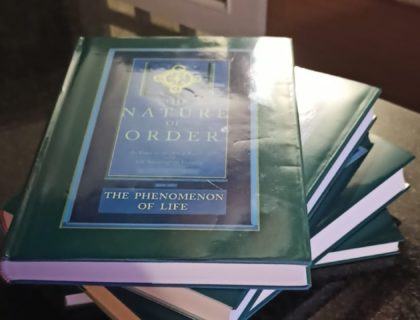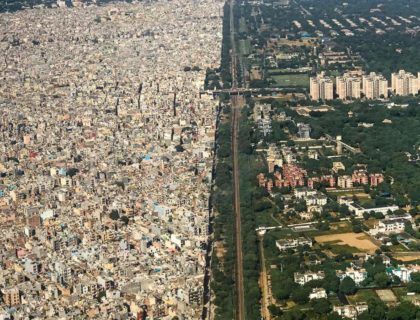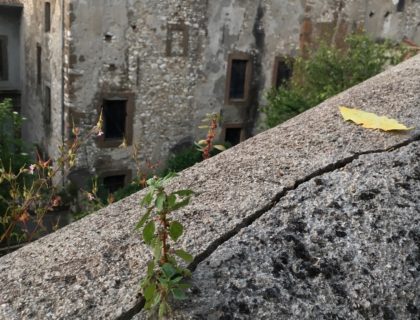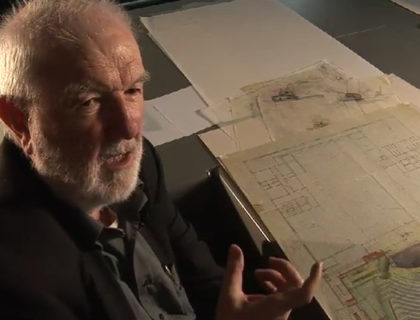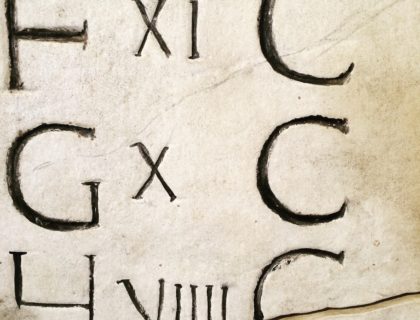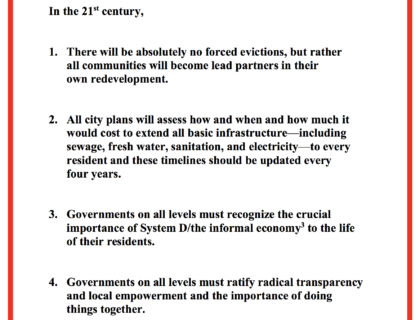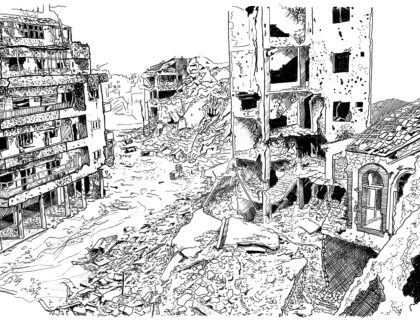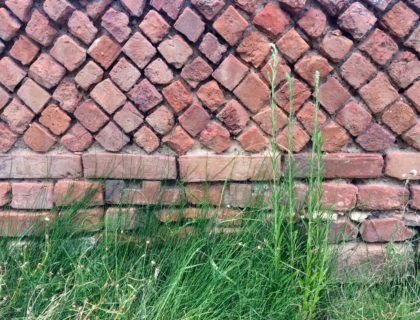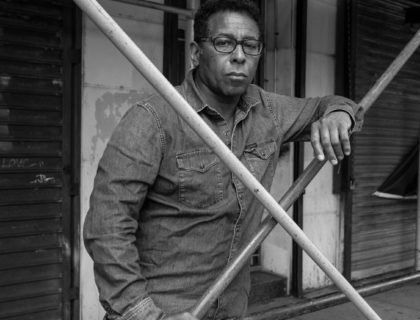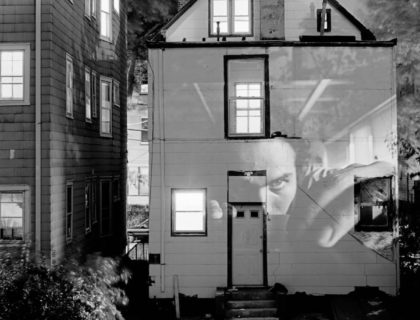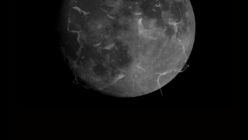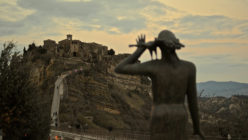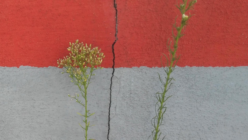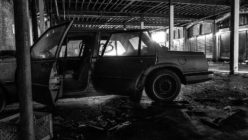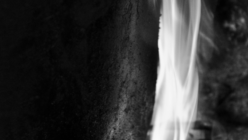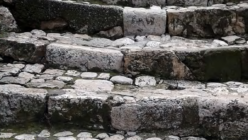
Research
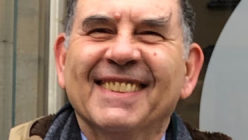
Brains, Hands, and Hearts: How Traditional Design Supports Health
by Nikos Salingaros Department of Mathematics, University of Texas at San Antonio, United States of America Keynote address at the Traditional Architecture Conference STOA-22 DAY 2, 25 February 2022 CLICK HERE: These notes contain the slides presented at the conference, now made available for general readers. Additional explanatory remarks are included for clarity, documenting the […] read more
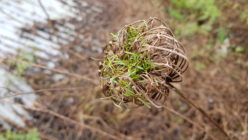
The Biophilic Healing Index Predicts Effects of the Built Environment on Our Wellbeing
by Nikos A. Salingaros Department of Mathematics, University of Texas at San Antonio, United States of America *Originally published in the Journal of Biourbanism, 8(1/2019), 13–34 ABSTRACT: By estimating certain features of the built environment, we can predict positive healing effects that spaces and structures may have on users. This can be estimated before something is built. […] read more
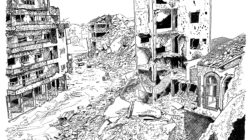
Architecture with Identity Crisis: The Lost Heritage of the Middle East
by Marwa Al-Sabouni This important paper was first published as part of the Journal of Biourbanism Volume V, 1&2/2016 devoted to the epistemology of design (pp. 81–97). We share it separately from that 310-page volume, wishing for a discussion on the specific problems presented by the Author. ABSTRACT: We live in a world that suffers from […] read more

Subcodes in Linguistics and Design: A Comparison about Biophilia and Language
by Stefano Serafini An important principle of biourbanism is that nature and culture do not belong to separated aims but interact on a common ground, whose center is the human body. After the great influence of Robin George Collingwood and of his idealism (Collingwood, 1958), 20th century critics tended to regard art and architecture as […] read more
Education
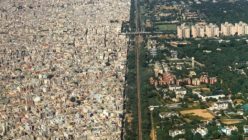
Recent Traumatic Events Will Have a Significant Impact on the Pattern of Future Settlements in India
by Ranjit Sabikhi RSA + R204 Design, India As a resident of Delhi, I have been observing the changes taking place in the city and the surrounding areas over the last 60 years. In 1957, the first Delhi Master Plan 1961 was approved, and this outlined the framework of future urban development. Up to the […] read more
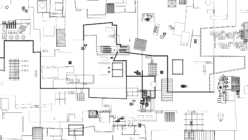
al-ʿĪsawiyya, Jerusalem: Alternative Elements of Safe Spaces
with Arch. Nur Saad al-ʿĪsawiyya, cut off from the other Palestinian neighborhoods of East Jerusalem, suffers from spatial barriers due to topography and military presence. Architect Nur Saad has explored how the al-ʿĪsawiyya inhabitants have developed creative solutions to cope with this situation. This study, directed by Prof. Gaby Schwartz, Arch. Fatina Abreek-Zubiedat, and Arch. […] read more
